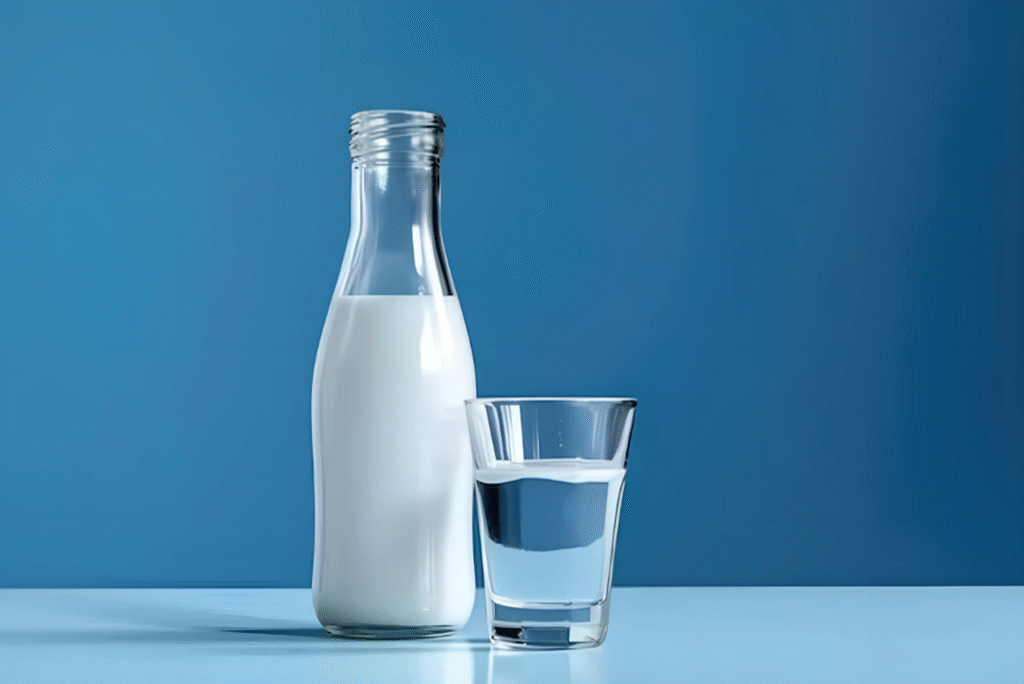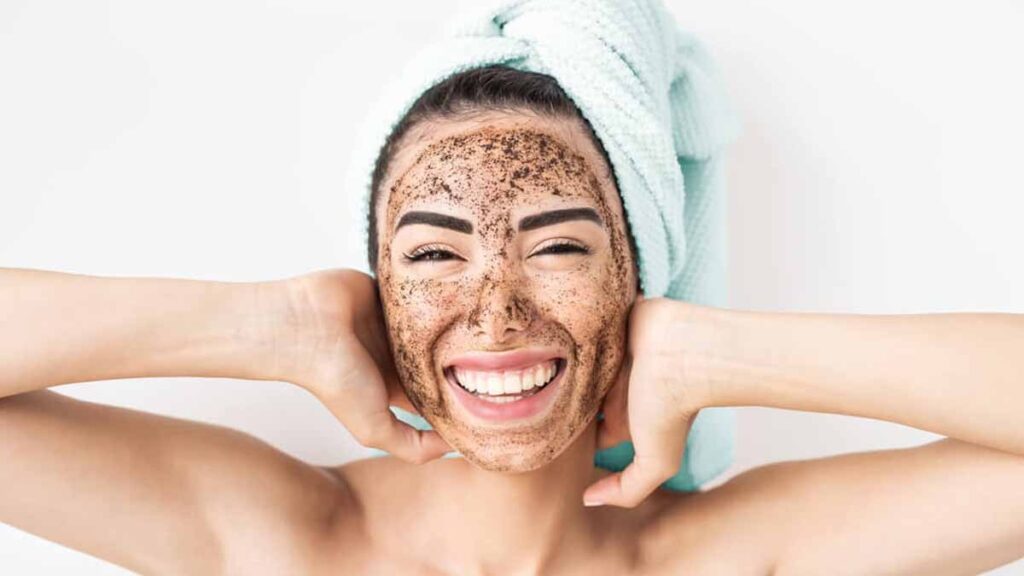
Combination of Cleanser and Scrub: The Perfect Duo for Healthy Skin
The Role of a Scrub A scrub plays a different but equally important role. While a cleanser removes surface-level dirt,

When it comes to skin hydration, most people reach for water first. After all, we’re always told to drink more water for glowing skin. But is water really the most hydrating solution for your skin? Or can something like milk offer even better hydration benefits?
Let’s take a deep dive into this skin science question and discover whether milk is more hydrating for your skin than water. We’ll also explore how you can use hydrating skincare products like facial serums, moisturizers, and boosters to enhance your skin’s glow.
Hydration refers to the water content in the skin. Well-hydrated skin looks plump, smooth, and healthy. Dehydrated skin appears dull, dry, and may feel tight or itchy.
There are two ways your skin stays hydrated:
So where does milk fit in? And how does it compare to water?
Water is essential for every part of our body, including the skin. Drinking enough water helps maintain your skin’s moisture balance from within. However, water on its own (when applied to the skin) evaporates quickly. That’s why applying plain water doesn’t offer long-lasting hydration.
Milk is packed with vitamins, minerals, and healthy fats. It contains:
When applied topically, milk doesn’t just hydrate—it also soothes, softens, and repairs the skin. That’s why it’s often used in hydrating facial masks and boosters.
In short, yes – when applied topically, milk can be more hydrating than water because it offers additional skin-loving nutrients that water lacks. While water evaporates quickly, milk leaves behind nourishing ingredients that benefit the skin longer.
That said, you still need to drink enough water. Internal hydration keeps the skin healthy from the inside. But for external use, milk has more skin benefits.

Let’s look at how milk can enhance your skincare routine:
Milk’s fats help lock in moisture, making it ideal for dry or sensitive skin. You’ll notice your skin feels softer and more supple after using it.
Thanks to lactic acid, milk gently removes dead skin cells. This can make your skin look brighter and smoother.
Milk is rich in vitamins A, D, E, and K – essential nutrients for skin repair and renewal.
If your skin is red, itchy, or inflamed, milk can help calm it down. It’s perfect for sensitive skin types.
You can use raw milk on your face, but it’s more effective when combined with other skincare products. For example:
But if you’re not a fan of using raw milk, don’t worry. There are plenty of modern skincare products designed to mimic milk’s effects.
To really see the benefits, use products that lock in moisture while nourishing your skin. Here are some you should add to your routine:
Facial serums deeply penetrate the skin and deliver hydration where it’s needed most. Choose one with ingredients like hyaluronic acid or milk extracts.
A cleanser should remove dirt without stripping your skin’s natural oils. Look for one that leaves your face soft and smooth.
Your skin repairs itself while you sleep. Use a rich moisturizer with ceramides, milk proteins, or niacinamide.
Vitamin C helps brighten the skin and improve texture. It pairs well with hydrating serums and enhances absorption.
A weekly mask with milk extracts or honey can give your skin an extra moisture boost.
Boosters amplify the effects of your serums and moisturizers. Look for ones with peptides and milk derivatives.
Never skip your daily moisturizer. Choose one with SPF to protect and hydrate your skin all day long.
Don’t forget your scalp! A dry scalp can lead to itching and flakes. Use a hydrating treatment to keep both your hair and scalp healthy.

Not exactly. Water is still essential for skin health. You need to drink enough water every day to support your skin from the inside. But for topical use, milk can be an excellent add-on.
Use milk or milk-infused products alongside your regular skincare routine to boost hydration. Think of water as your foundation, and milk as a special ingredient that gives your skin extra love.
If you like home remedies, try these simple treatments:
These DIY recipes are safe for most skin types. But always do a patch test first!
When it comes to topical hydration, milk wins. It offers vitamins, enzymes, and healthy fats that water can’t. It exfoliates, soothes, and hydrates your skin while supporting cell repair.
But remember, nothing can replace internal hydration. Drinking water is still the most important step for overall skin health.
For best results, combine internal hydration (drink enough water) with external care (use hydrating facial serum, nighttime moisturizers, and facial masks with milk extracts).
So yes, milk can be more hydrating than water, especially when used right and combined with powerful skincare products.

The Role of a Scrub A scrub plays a different but equally important role. While a cleanser removes surface-level dirt,

Why Skincare Matters Your skin is the largest organ of your body. It protects you from pollution, sun damage, dirt,

Building the Habit of Daily Skincare The biggest mistake people make is thinking skincare has to be complex. In reality,

Why Do Blackheads Appear? Blackheads appear due to multiple reasons. The most common factor is the overproduction of oil by